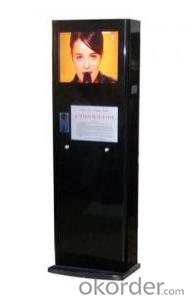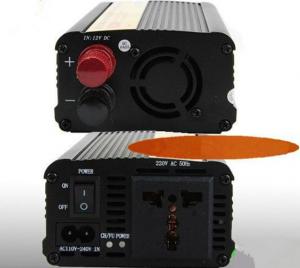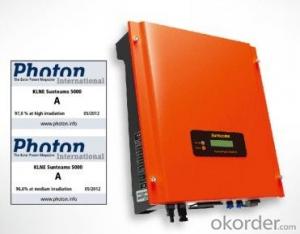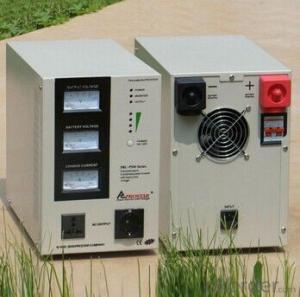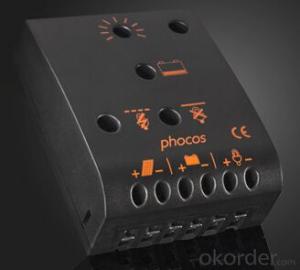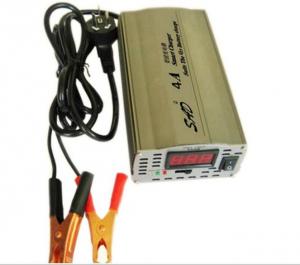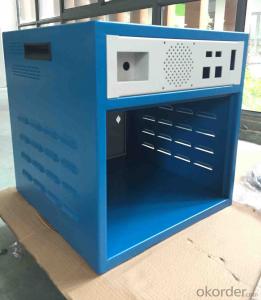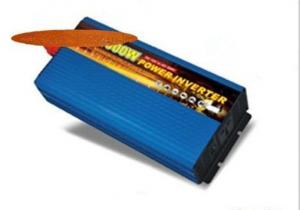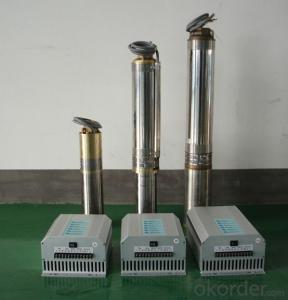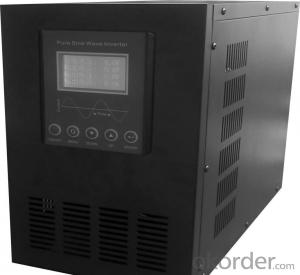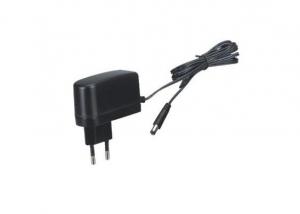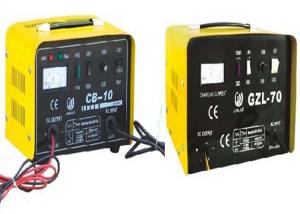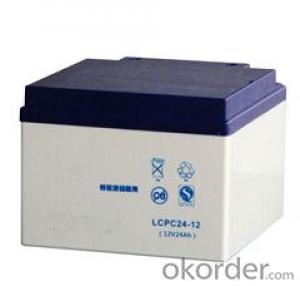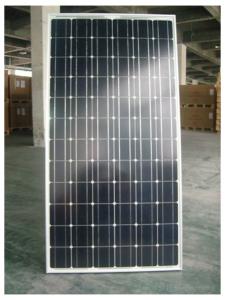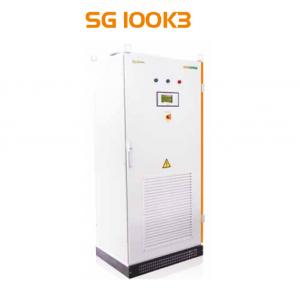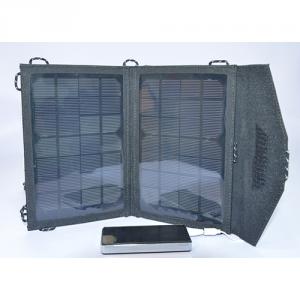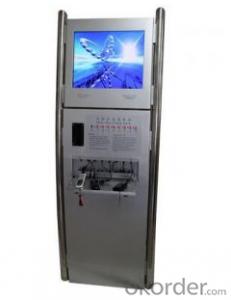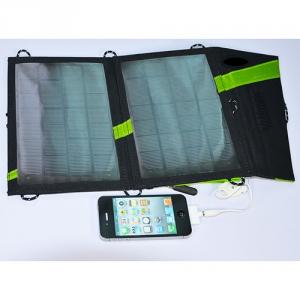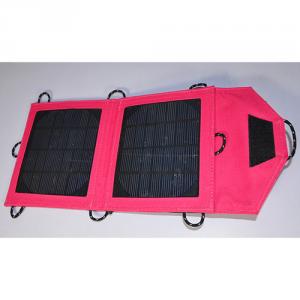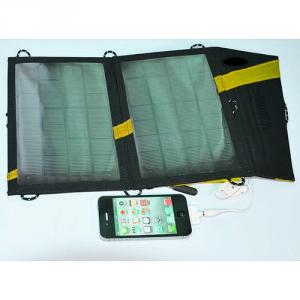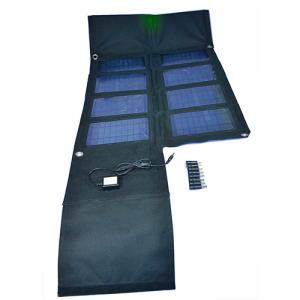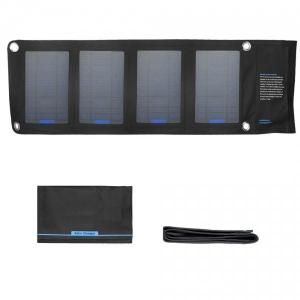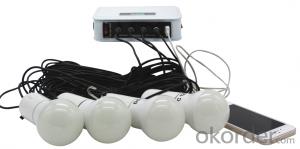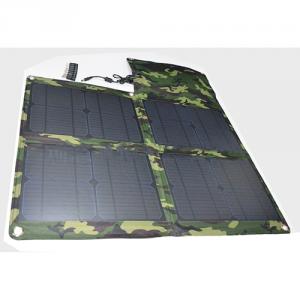12v Solar Inverter Charger
12v Solar Inverter Charger Related Searches
12 Volt Solar Inverter Charger Solar Inverter Charger 12v 12v Solar Inverter Solar Inverter Charger 24v Solar Inverter Charger 12v Solar Power Inverter Solar Power Inverter Charger 24 Volt Solar Inverter Charger 12 Volt Solar Inverter Solar Inverter Charger 24v Solar Power Inverter 12v 48v Solar Inverter Charger 12v Solar Panel Inverter Solar Inverter Charger 48v Solar Charger For Inverter 12kw Solar Inverter Solar Inverter 12kw Inverter Charger Solar 12 Volt Solar Panel Inverter Best Solar Inverter Charger Solar Charger With Inverter 12kw Inverter Solar 12 Kw Solar Inverter 120v Solar Inverter 12v Hybrid Solar Inverter Solar Charge Inverter Hybrid Solar Inverter Charger Solar 120v Inverter Victron Solar Inverter Charger Charge Inverter Battery Solar12v Solar Inverter Charger Supplier & Manufacturer from China
The 12v Solar Inverter Charger is a versatile product that combines the functionality of a solar charger and an inverter in one compact device. This product is designed to harness solar energy and convert it into usable electrical power, making it an ideal choice for various applications where a reliable power source is needed. The 12v Solar Inverter Charger is particularly useful for outdoor activities, off-grid living, and emergency situations where access to electricity is limited.The 12v Solar Inverter Charger is widely used in a variety of scenarios, such as camping, boating, and remote locations where traditional power sources are not available. It can also be employed in situations where a backup power supply is necessary, such as during power outages or in areas prone to natural disasters. This product allows users to charge their electronic devices, power small appliances, and even run essential equipment, all while relying on renewable solar energy.
Okorder.com is a reputable wholesale supplier of the 12v Solar Inverter Charger, offering a large inventory of this product to cater to the needs of various customers. With a commitment to providing high-quality products at competitive prices, Okorder.com ensures that customers can access the 12v Solar Inverter Charger with ease and confidence. By partnering with Okorder.com, customers can benefit from a reliable source of supply and enjoy the convenience of purchasing this essential product for their power needs.
Hot Products
